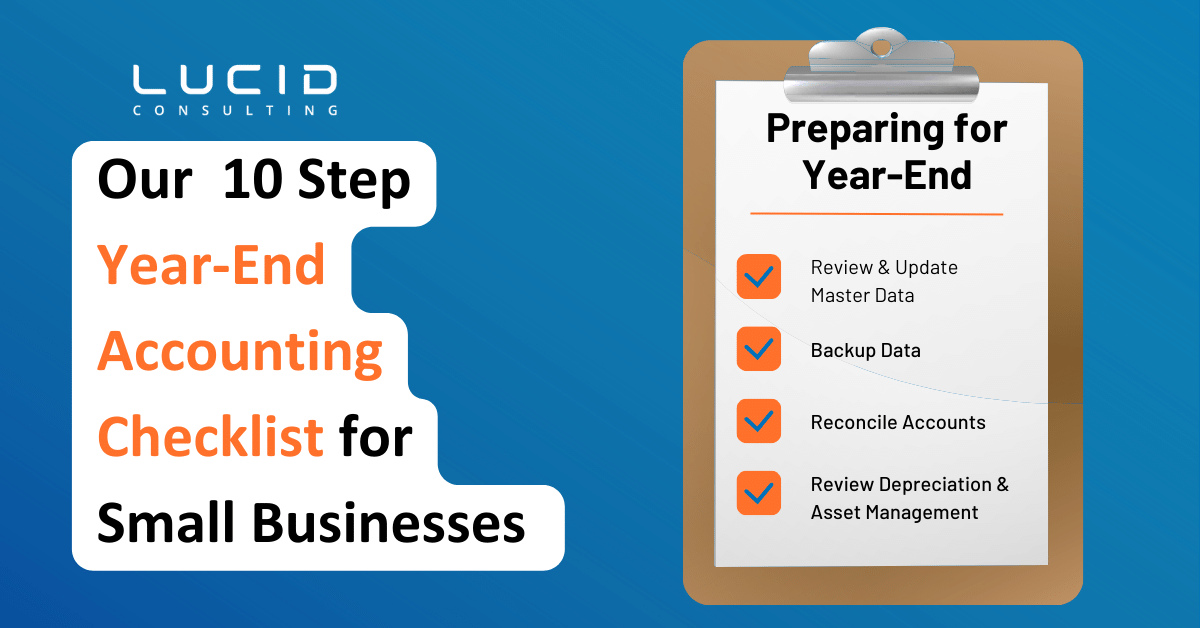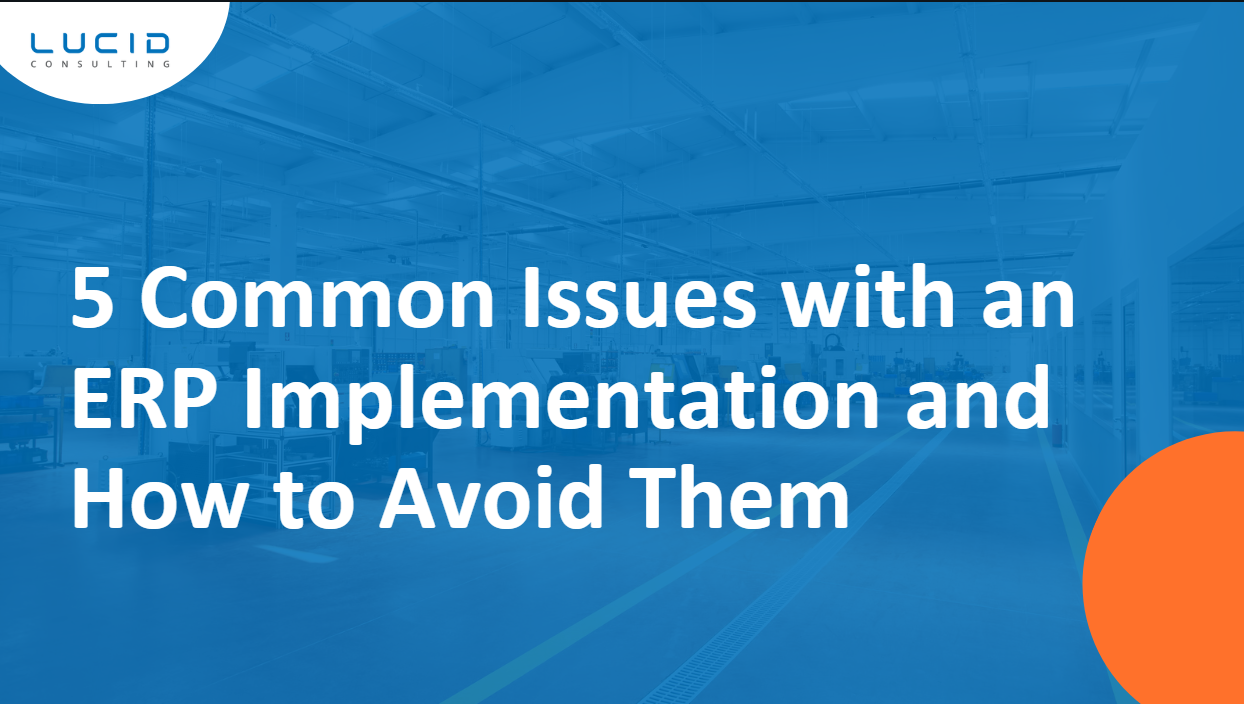Top 5 Must-Have Field Service Management Software Features
Field service management (FSM) software has become an essential tool for businesses that provide on-site services. It helps streamline operations,...
2 min read
 Kaitlin Nelson
:
Dec 14, 2023 8:21:48 AM
Kaitlin Nelson
:
Dec 14, 2023 8:21:48 AM

As the year draws to a close, it's crucial for businesses to conduct a thorough year-end accounting process review. A comprehensive year-end checklist can serve as a guiding light, ensuring that your business is well-prepared for the transition into the new fiscal year. Let's delve into the 10 key steps that should be a part of your year-end routine to set the stage for a successful 2024.
Start by ensuring that data is accurate and up-to-date. Check and update customer, vendor, employee, and other masterfile data in the system. This foundational step lays the groundwork for accurate financial reporting and analysis.
Protect the business against potential data loss by performing a comprehensive backup. This ensures a secure restore point prior to engaging in any year-end activities.
Reconciliation is key to maintaining financial accuracy. Reconcile bank accounts, general ledger accounts, accounts payable and receivable and perform full or partial counts to validate inventory. This helps ensure that financial records align with the physical assets of the business.
Update fixed asset records, calculate depreciation, and generate reports. This step is vital for accurate financial reporting and compliance with accounting standards.
Ensure that tax codes are up-to-date with the latest regulations. This includes both company-level considerations such as state business and occupation taxes, state tax rates, and payroll-level elements like state labor and industries, state unemployment, and other relevant tax codes.
Generate financial statements, such as a balance sheet, income statement, and cash flow report. These documents provide a comprehensive snapshot of the business and insight into the company’s financial performance for the previous year.
Complete any open transactions, including sales orders, purchase orders, work orders, invoices, and payments. Then close subsidiary modules such as manufacturing, payroll, accounts receivable, accounts payable, and bank reconciliation. Lastly, close the general ledger and open a new fiscal year to ensure a seamless transition into 2024.
Safeguard year-end financial data by not just creating backup copies, but also storing them securely. Adhere to data retention policies and legal requirements to protect the business from potential data breaches.
Prepare documentation and reports for the annual financial audit as necessary. Verify compliance with any new regulatory requirements and update internal documentation, including user manuals and process guides.
Correct errors or make adjustments for the previous year. Import the new fiscal year budget and analyze the past year's performance to identify areas for improvement.
If you're aiming to enhance efficiency and financial data integrity, consider the benefits of an ERP system. An ERP system can streamline your operations and provide a robust financial foundation for future growth. Contact us for a free consultation on what ERP system is right for your business.

Field service management (FSM) software has become an essential tool for businesses that provide on-site services. It helps streamline operations,...
